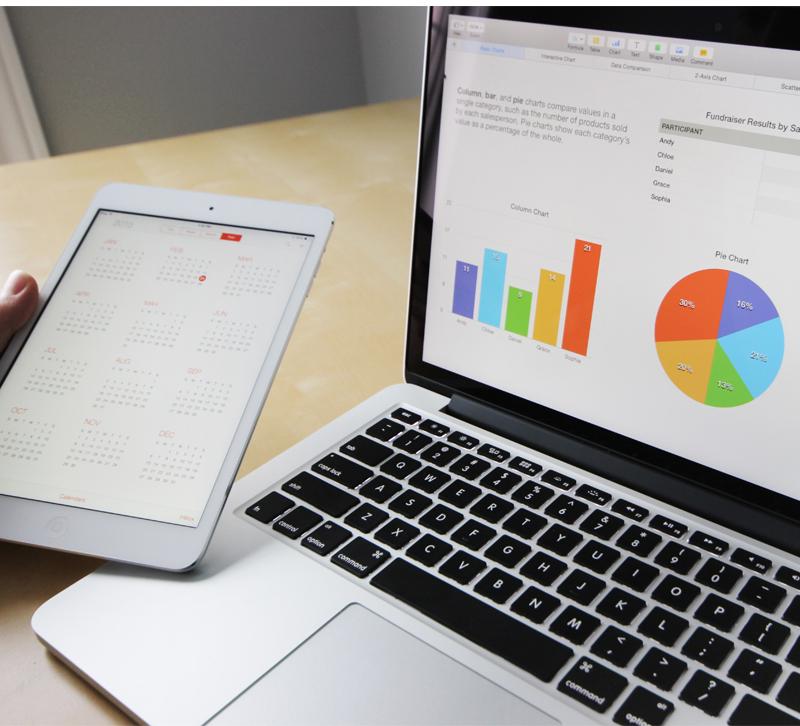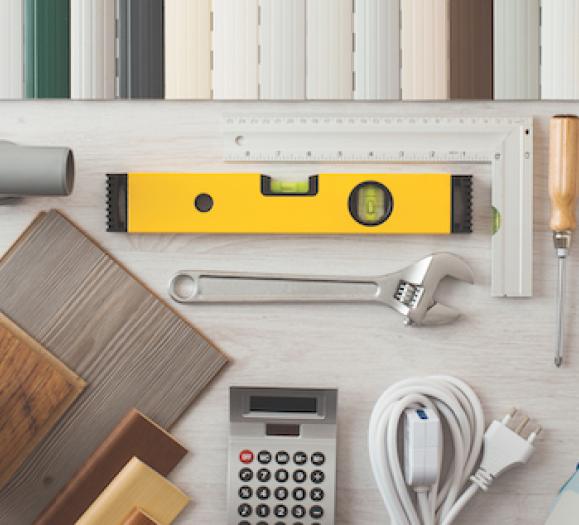No matter the date or time of day, your business is collecting data on your consumers. In your store, your POS system records your transactions. Online, your website monitors visitors day and night, whenever they log onto your site.
So what does it all mean anyway?
Lighting or home furnishings showroom owners and associates can find a ton of helpful information to inform their merchandising strategies, marketing messages and content strategies — if they only know where to look. Don't let your data overwhelm you. Here are three vital insights hidden in your business's data — and how to pull them out.
Your best merchandising strategy
You probably use your POS system to help you determine what's selling well in your showroom. You identify best sellers and trends that inform your purchases the next time you head to Lightovation or High Point Market. But did you know your POS system could also help you create a better merchandising strategy?
Take a look at the physical locations of your best sellers. Are they near each other? Are people buying them together? Do you see any patterns developing in which products or types of products are frequently bought together? What about products that aren't selling well? Rather than letting them languish in the back of the showroom, how could you incorporate those products into vignettes with your best sellers?
The right merchandising strategy can turn a poor-selling product into a best seller. As One Door's "How Retail Winners Excel at Merchandising Execution" survey report notes:
"Retail Winners use the vast amount of data that is available to them to their advantage when making placement decisions. For instance, understanding that they sell more of Product A when it is closer to Product B, and not near Product C, can have great significance when planning new product launches. What’s more, they also use SKU density metrics to determine accurate assortment counts for each store in space planning, ensuring that stores are sent exactly what they need."
Whenever you decide to change your showroom layout, don't forget to consult your POS system.
Your best marketing message
In the heyday of print, radio and TV advertising, businesses pushed out messages to thousands of consumers and hoped just one would land with the right demographic. Nowadays, marketing doesn't have to be such a mystery. In fact, you can find out which marketing messages resonate well with your consumers by tapping your e-newsletter subscribers.
Whether you use Mail Chimp, Hubspot or any other marketing software, you have plenty of data about how your subscribers interact with your content. You can find out how many people open your emails, how many of emails bounced, how many people clicked through to your website and when subscribers actually opened your emails.
Using this information, you can learn a lot about when your subscribers are active, what kind of content they like to click on and what marketing messages resonate with them. For example, if you see that most subscribers open your emails in the morning, then you shouldn't send emails at night. You want your emails to be as close to the top of the inbox as possible, so emails should go out in the morning.
You can use A/B testing to collect better, more informed data on your subscribers and see what they like best. If you don't know when your subscribers are most likely to open your emails, use A/B testing to find out. Create one email and divide your subscriber list in half. Send the same email to both groups at different times in the day and see which email gets better open rates. That's A/B testing, and now that you know when your subscribers are active, you can test subject lines, content and designs to take the guesswork out of marketing.
Pro tip: If your subscriber list has a mix of consumers and business professionals (interior designers, builders, etc.), you can also do a more precise A/B test by dividing the list between certain demographics.
Your best content
If your website doesn't have a Google Analytics account, stop right now and go sign up for one. We'll wait.
Google Analytics tracks and records all sorts of data on your website, and you can use it to see what pages on your website are the most popular, how people are getting to your website and on which devices they're using to find you.
If you scroll down to the bottom of your Google Analytics home page, you'll see the "What pages do your users visit?" box. This has your best performing pages, and it can tell you a lot about how consumers are interacting with your site. Let's say you blog for your business. Google Analytics can tell you which blog posts are performing the best and which topics seem to be of interest to your readers. This can save you a ton of trouble as you decide what to write about. If you know your customers love reading about Mid-Century Modern design, keep writing about it.
If you know a little bit about SEO and web users, you can also make some good guesses about why consumers are coming to your website based on "What are your top devices?" box. If you have more mobile than desktop users, then your customers are probably searching for you on the go. They probably want more basic information — who are you, where you are, what your hours are and how to contact you. Therefore, this information should all be readily available on the home page and on every other page to make it easy for those mobile visitors.
If more desktop users are visiting your site, then your pages should be longer (300 to 500 words of copy) and have more detailed information about your showroom. You still need to have all of that basic information, but these consumers are most likely researching before they visit a showroom. Your content should be giving those consumers every reason to visit your showroom.
How are you using your data to make decisions about your merchandising, marketing and digital strategies? Share with us in the comments!
Photo: Pexels







